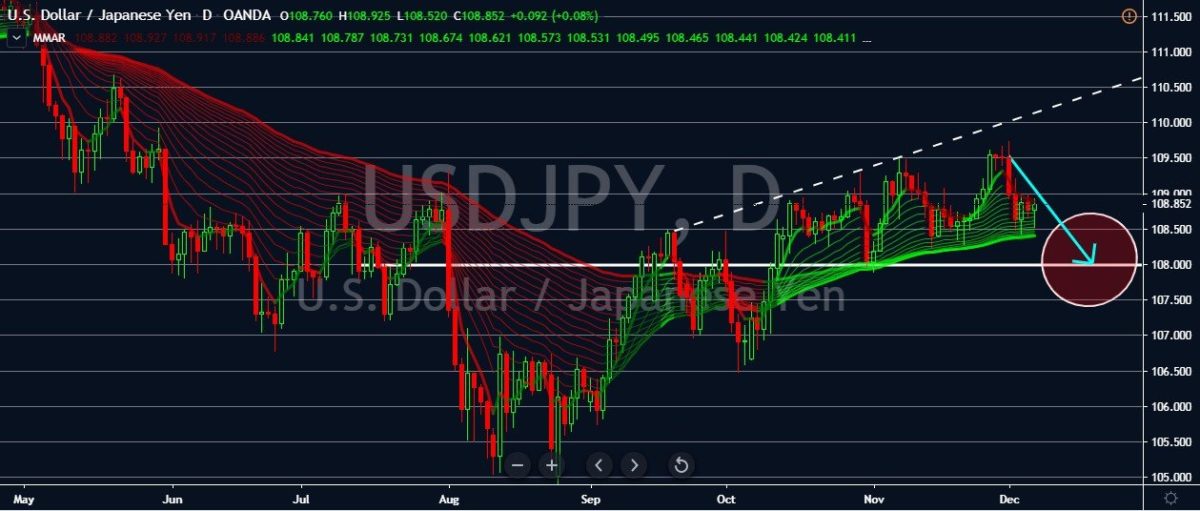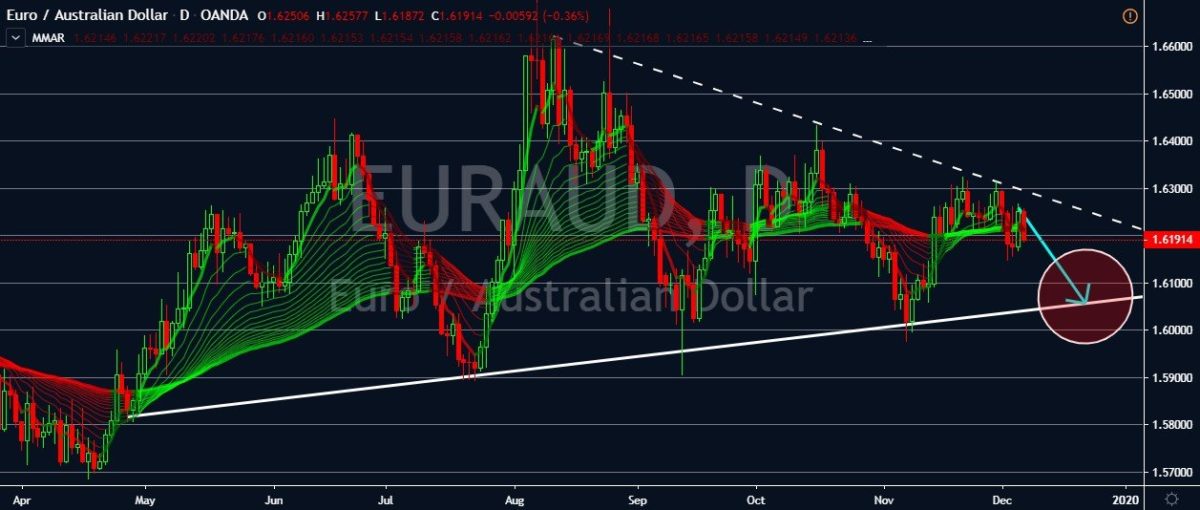Good day traders! Check now the most recent charts and market updates for today’s session. Learn more about analysis and be updated on the current happenings in the market!
GBPNZD
The good performance of the UK’s economy buoyed the British pound in this week’s trading, but as of the moment, the pair has faced a reversal as election jitters start to kick in. The GBPNZD pair has formed a pattern in these past few weeks in trading, both currencies are struggling to stir away from the said pattern. However, the pair isn’t expected to break past its support, just bounce off it as the odds of the pound to gain is also strengthening along with the odds of the British Prime Minister and the Conservative Party to snatch the majority seat in the UK elections. Though, it is believed that even if the market remains confident about the UK election it still won’t be enough to relieve the pressure. But in the absence of any new data from New Zealand’s economy, the continuing worry about the Unites States and China trade war is limiting the potential of the New Zealand dollar to break out against the British pound in the coming trading.

EURCAD
The slip of the German Manufacturing data helped seal the fate of the euro in today’s trading. Berlin’s Industrial Production for October plunged from -0.6% to -1.7% on a Month-over-Month basis. The EURCAD pair is projected to extend to its support levels soon as the current fundamentals around the pair support bearish traders. Just recently, the deputy governor of the Bank of Canada, Timothy Lane, followed the dovish remarks from the BoC’s interest rate announcement on Wednesday. Lane exclaimed that the Canadian economy remains resilient despite the unending uncertainties about the global economy brought by nonother than the US-China trade war. The Canadian official gave a speech in front of the Ottawa Board of Trade wherein he boasted that the country is still on track to reach its inflation target and explained that the central bank is allowed to chart its own course thanks to the country’s resiliency.

USDJPY
The USDJPY pair is in for a downward run in the coming sessions, even if both countries produced weak figures in the recent reports about their economy, the trade war is the main contributing factor to the pairs descend. The US dollar tried to stop the Japanese yen earlier this week but essentially failed to hold on. The recent news about the trade war of the United States and China is boosting the appeal of safe-haven currencies, especially the Japanese yen. The uncertainties regarding whether the two economic giants are brushing off the weak figures from Japan’s economic performance. Then, the huge contraction in the US Non-Manufacturing PMI this week caught the market by surprise. On Wednesday, the Institute for Supply Management released the report showing that the non-manufacturing sector contracted to 53.9% from 54.7% prior. The data was only expected to contract to 54.5% prior.

EURAUD
The domestic data wasn’t enough to stop the Australian dollar from pulling the single currency in today’s trading. Again, with no clear direction for the US-China trade war, it is hard to pinpoint where the strength of the Australian dollar is coming from. The country’s economic performance was certainly not the reason for the Aussie’s strength. Even with a slant resistance, the EURAUD doesn’t have enough gas to break through its and prevent the pair from descending in trading. Although, yesterday the single currency fought hard to regain some of its losses against the Aussie. On top of those, the contraction in Germany’s factory orders and the Eurozone’s retail sales report is weighing on the common currency. Berlin’s factory orders collapsed from 1.5% to -0.4% on a Month-over-Month basis. Meanwhile, the bloc’s retails sales figures fell from -0.2% to -0.6% on a Month-over-Month basis in October.










